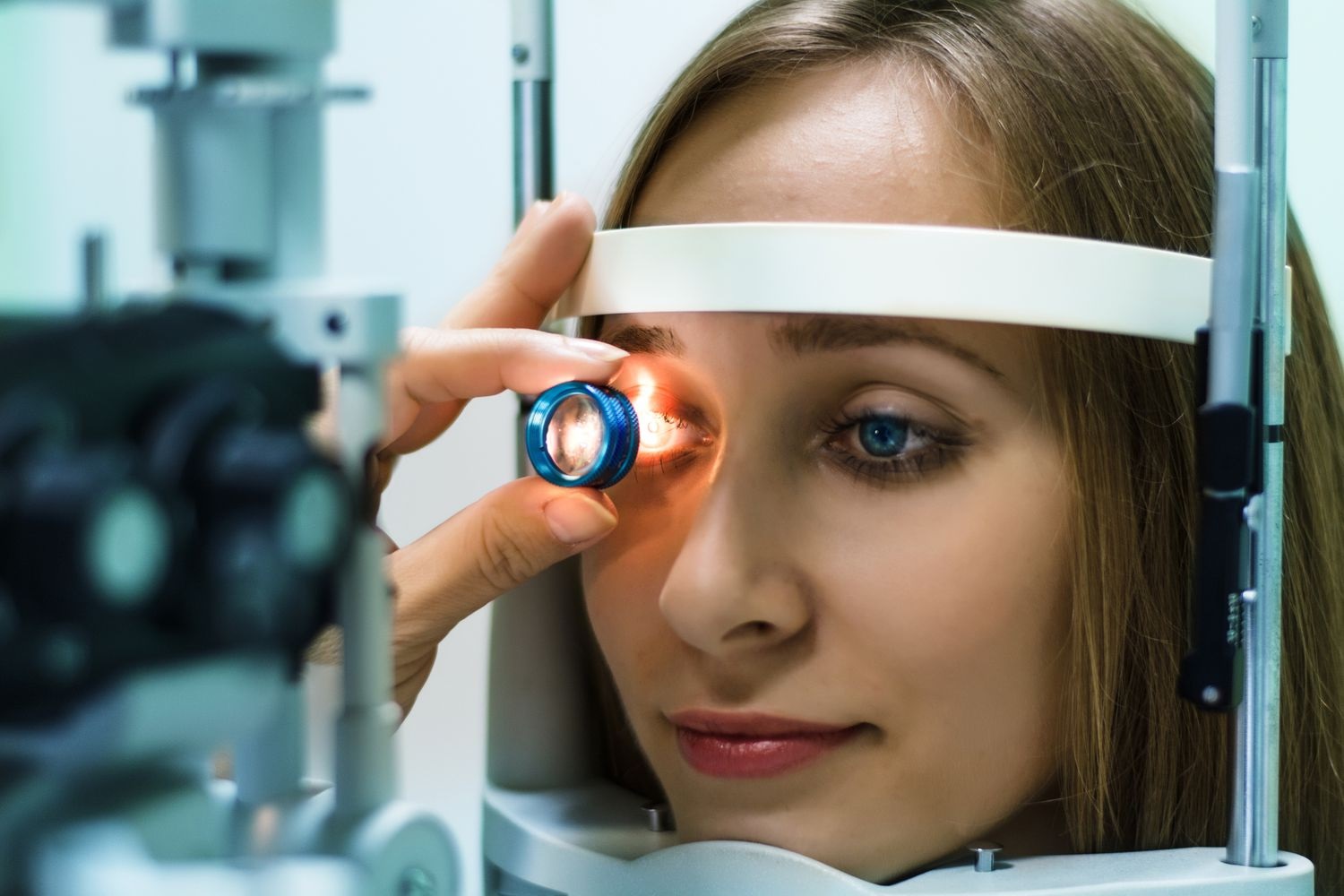The first thing you do when you wake up in the morning is look at the world around you (literally, look at your phone screen and check your text messages and emails). It is true that our eyes are our windows to the world, a blessing that is often taken for granted. Some even believed that taking care of the eyesight is something that does not need much attention but this is of course entirely wrong especially when the eye is unable to function properly. Medicine does help to improve certain eye disorders.
To diagnose eye disorders, doctors usually perform eye exams to evaluate the eye function. There are many kinds of eye exams and you probably wonder if gonioscopy is included in eye exams. To answer this, you may want to know what gonioscopy is.
Gonioscopy is an exam used to check part of the eyes known as the drainage angle. It is an eye exam to evaluate the internal drainage system of the eye which also refers to anterior chamber angle. This area is located at the frontage of the eye among the iris and cornea. This is where the fluid known as aqueous humour drains out of the eyes. In normal circumstances, the angle is unable to be seen on exam which lead to the use of a special contact lens prism placed on the surface of the eye. This allows the examiner to see the angle and drainage system.
Gonioscopy is performed by resting the head in the chin holder of the slit-lamp microscope (a special instrument used to look at the eyes). After numbing the eye with drops, a special contact lens is placed directly on the eye with the beam light used to highlight the angle. The lens mirror helps to show part of the corner inside of the eyes that is generally difficult to see with the naked eyes. It is indeed a painless exam even the eyelid may feel the presence of the special lens. Examination of both eyes usually takes only a few minutes.
Gonioscopy is used for examining certain eye conditions. Most commonly it is done to check for signs of glaucoma. Glaucoma is a group of eye diseases that can cause vision loss and blindness by damaging the nerve in the back of the eye known as the optic nerve. Glaucoma is developed as a result of the increased pressure inside the eyes due to the improper drainage system. Such a pressure place slowly put pressure that could damage the optic nerve. Gonioscopy exam in glaucoma shows narrowed angle or a blocked drainage by part of the iris.
Back to our main question, is gonioscopy included in eye exams? Yes, certainly. This is especially true in examining the eyes of an older person as they are at higher risk for glaucoma. Since glaucoma starts so slow, many people might not notice they already develop glaucoma. Many people with glaucoma do not have any symptoms at first. Over time, patients will slowly lose vision, usually starting with the side (peripheral) vision, especially the part of the vision closest to the nose. This happens so slowly that many people might not even realise there are already changes to the vision. The only way to find out if a person does have glaucoma is by getting a comprehensive eye exam.
Specifically for glaucoma, gonioscopy is considered as part of screening tools to check for signs of glaucoma. Those aged 40 and above should consider getting eye exams emphasising on screening for glaucoma. This is because early signs of vision changes and eye disease often starts around this age. People with higher risk for glaucoma such as those 40 and above and/or family history of glaucoma, should ask their doctor on how often they need to get checked for the eye condition. For higher risk, comprehensive dilated eye exam is needed for every 1 to 2 years.
It is worth noting that not all patients with glaucoma have higher eye pressure. Some may have normal eye pressure but noticing other signs that signifies a developing glaucoma. In such cases, ophthalmologists will want to do gonioscopy and other glaucoma screenings regularly to check for changes over time.
It can be concluded that gonioscopy is part of an eye exam. It is a specific exam used by eye doctors to evaluate the drainage system and the anterior chamber angle. This is helpful in detecting glaucoma. The exam itself supposedly not be painful but sensation to the eyelids may be felt when in contact with the special lens used in gonioscopy. It is important to get regular eye exams as it can save vision. In case of glaucoma, detecting it at an early stage can help patients to receive treatment earlier and maintain eye vision. It is necessary for patients with suspected glaucoma to keep scheduled appointments with their ophthalmologist.

